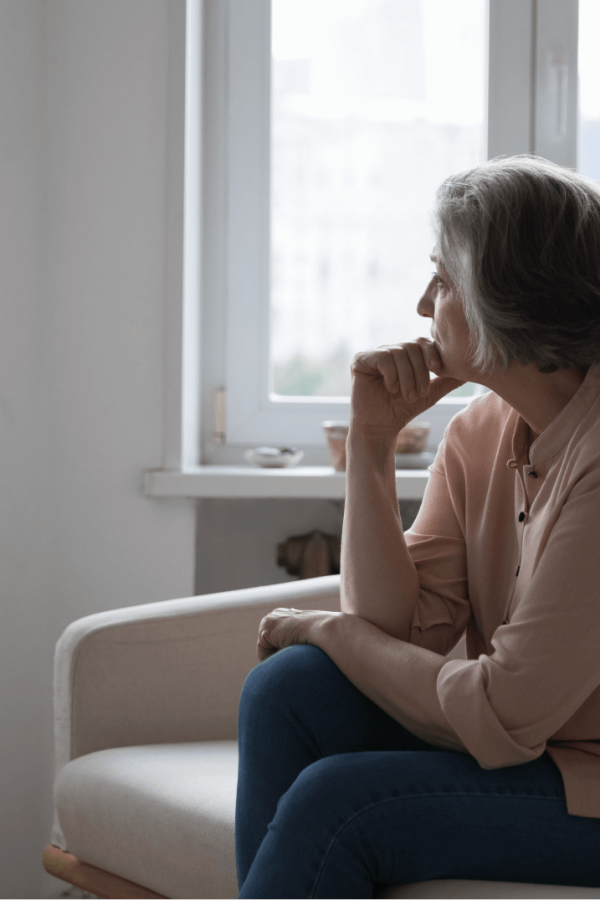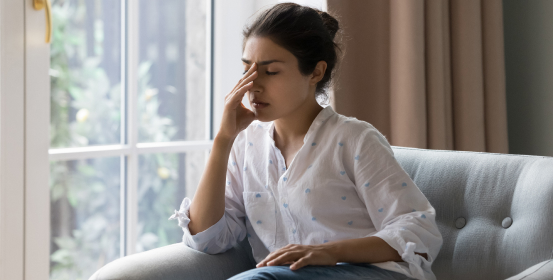Cramps and pain in the lower abdomen are usually felt below the navel and can have an extremely negative impact on everyday life. They can even prevent us from being mobile. Because such problems can involve many tissues and organs in the abdominal area, finding the causes of pain and discomfort is often a difficult task.
To make it a little easier, we’ve compiled a list of the most common causes of lower abdominal pain and cramps as well as some tips for treating them. Read them carefully, as they can make your life much easier.
What is the abdominal cavity?
We think of abdominal pain and cramps in very different ways, which is not surprising: the abdominal cavity is a large area that incorporates several organs, so the causes can vary considerably. It starts below the rib cage, from which it is separated by the diaphragm, which then leads to the pelvis. It’s surrounded by abdominal muscles and the lumbar region of the spine.
The abdominal cavity contains nine organs – the stomach, liver, gallbladder, spleen, small and large intestines, both kidneys and adrenal glands, and the pancreas. It is also worth noting that the bladder is located directly below the abdominal cavity, as well as the uterus and ovaries in women.
Another key fact, which we constantly emphasise, is that the abdominal cavity is the centre of the immune system. In fact, over 80% of its cells are located in the intestines.

What are the most common causes of lower abdominal pain?
Pain and cramps in the lower abdomen often have functional causes. This means that they are not associated with a specific disease, but are the result of an unhealthy lifestyle.
Most often, they are related to stomach problems. But since the abdominal cavity is connected to several organs, there may be more than one culprit. The key to identifying the right one is to know your body and pay attention to the area where you are feeling the pain.
We often feel a dull ache in the abdomen, the location of which is difficult to pinpoint. This is caused by the stretching and contractions of the smooth muscles, which irritates the nerve endings of the abdominal organs. Let’s have a quick look at some of the main problems that doctors attribute to different areas of the abdomen:
- Pain in the upper abdomen usually indicates a change in the stomach, but it can also be associated with a change in the duodenum, pancreas or liver.
- Pain in the middle abdomen or around the navel is most often associated with the upper part of the large intestine or the appendix.
- Pain in the lower abdomen or below the navel is often related to problems with the large intestine or urinary tract.
Now, let’s take a closer look at the most common causes of lower abdominal pain and cramps.
Constipation
Constipation is one of the more easily identifiable causes of lower abdominal pain and cramps. These are often accompanied by symptoms such as bloating or nausea. When we are constipated, the pain may affect the whole abdomen, or it may concentrate on its left side, where the large intestine continues into the rectum.
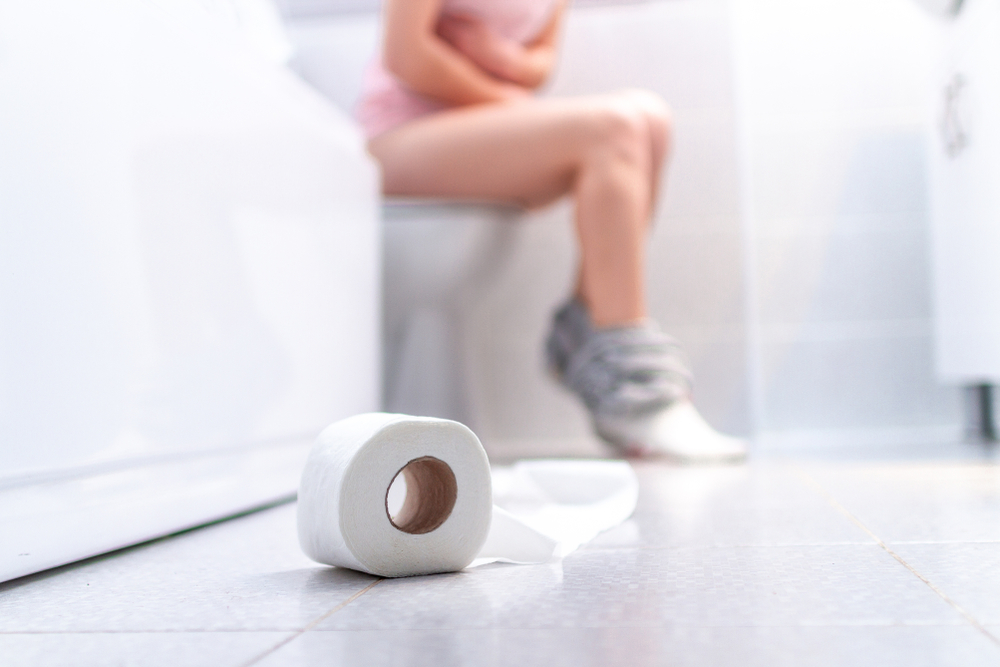
Irritable bowel syndrome (IBS)
Pain and cramps in the lower abdomen are the main signs of irritable bowel syndrome. They are caused by intestinal hypersensitivity. Pain may be felt anywhere in the abdomen and also leads to bloating, which adds to the discomfort.
Lower back (or back) pain
Abdominal pain can also be associated with problems beyond the abdominal cavity. Due to the complex connections within the body, these cause pain in the abdominal area.
So pain that originates in the back can actually be felt in the abdomen. This can significantly complicate the search for the culprit, as we may believe that abdominal discomfort is caused by a problem in the abdominal cavity, rather than a problem with the spine. Therefore, if you are suffering from back problems, be especially cautious if you experience abdominal pain and report the problem to your doctor.
Stress
Abdominal pain and cramps are not always linked to physical or bodily problems. This is because in the fast-paced world of today, many people face high levels of stress, which is becoming an increasingly common cause of lower abdominal pain and other digestive issues. When you are under stress, the body releases more cortisol into the bloodstream, which can also trigger abdominal pain.
If you ever wondered whether pain in your abdomen could be a result of a stressful lifestyle, then the answer is definitely yes – especially if you add the fast tempo of life with an unbalanced diet and lack of exercise. For many, this combination can lead to slow digestion and even constipation and bloating, as well as diarrhoea.
So how does stress feel when our stomach hurts? It very often causes tension in the abdominal area, and therefore discomfort. After years of research, experts have also concluded that stress or anxiety is one of the most likely causes of IBS (irritable bowel syndrome).
The problem with identifying stress as a trigger for abdominal pain is that many people are not even aware that they are under a lot of stress. Therefore, if you are suffering from abdominal pain and cramps or poor digestion, you should consider whether there is anything going on in your life that is causing you more stress than usual.
Appendicitis
Appendicitis can be recognised by a sharp pain in the lower abdomen, on the right side or above the hip. You should also pay attention to symptoms such as:
- nausea or an urge to vomit,
- fever,
- abdominal cramps,
- decreased appetite.
If you suspect that your appendix is inflamed, you should seek medical attention immediately.
Problems with the pancreas
Problems with the pancreas also result in severe pain in the lower abdomen as well as in the lower back. In some cases the pain may be slightly milder, but it is still felt.
If you have problems with your pancreas, you can also expect extremely sharp pain in the lower back and lower abdomen. The pain may be slightly less pronounced, but still noticeable. More about pain in the pancreas.
Diseases of the large intestine
Lower abdominal pain can also be caused by changes in the large intestine. For example, if a polyp or mucosal growth is forming in the large intestine, the pain is accompanied by very unpleasant abdominal cramps and constipation.
Causes of pain in other parts of the abdomen
There are other conditions that can cause pain in other parts of the abdomen:
- liver problems (pain spreading to the right shoulder blade and shoulder);
- stomach ulcer (burning pain a few hours after a meal);
- heartburn (burning pain in the upper abdomen and chest area);
- kidney problems, such as kidney stones (pain in the left or right upper abdomen).
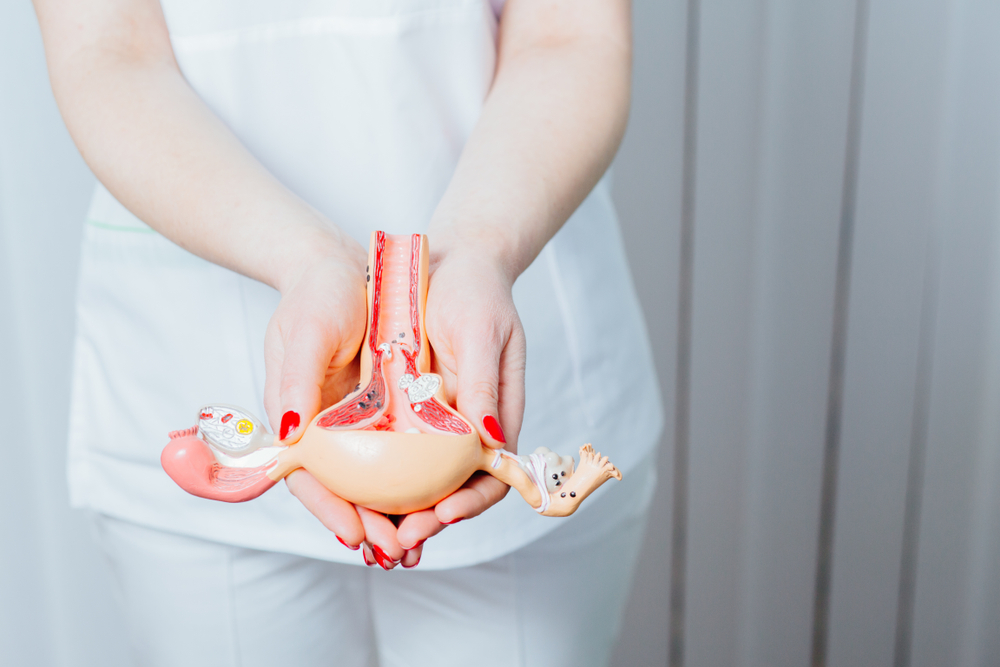
Abdominal pain in men and women
There are other problems that cause cramps and abdominal pain that are gender-specific.
What causes lower abdominal pain in women?
Lower abdominal and back pain in women can be related to menstruation, in particular severe menstrual cramps called dysmenorrhoea. This type of pain can occur after the onset of menstruation and usually lasts for less than three days. Nevertheless, it is always a good idea to check for any underlying issues that might actually be causing this problem.
Abdominal pain can also be associated with endometriosis or an ectopic pregnancy, among other things. The latter can be especially painful as the fertilised egg is trapped in the fallopian tube. This is a dangerous medical condition that can be life-threatening, so it is vital to see a doctor without delay if you suspect you have this problem.

What causes lower abdominal pain in men?
Men also experience specific problems that cause cramps and pain in the lower abdomen. Usually, pain related to the testicles is felt low in the abdomen, either in the centre or just on one side of the abdomen. This may be due to inflammation or infection.
Abdominal pain can also be linked to the prostate. If the latter is inflamed or infected, it can cause a condition called prostatitis. This leads to pain that is felt in the genitals and lower abdomen.
When should you see a doctor about abdominal pain?
As already pointed out, the causes of abdominal pain and cramps are often the result of an unhealthy lifestyle. In such cases, you can help yourself, especially by adopting healthier everyday habits. Unfortunately, sometimes lower abdominal pain can also signal that something more serious is going on in your body. But how do we know when to see a doctor instead of resorting to home remedies?
Seek medical help as soon as possible if:
- you have severe abdominal pain, in particular if it lasts for a long time and affects your day-to-day life;
- the pain is accompanied by a high fever – or even chills;
- there is blood in your urine or stool;
- you experience a marked loss of appetite;
- you are losing weight rapidly.
A visit to your doctor is advisable in all cases where the pain persists over a long period of time, especially if you are unable to identify its source. If you have more serious health problems then home treatment is not a good idea, as it may lead to even more damage to your body.
Severe abdominal pain can be caused by a rupture (tearing) of an organ, gallstones or kidney stones, or even a kidney infection. Left untreated, the latter can progress to more serious complications or even kidney failure.
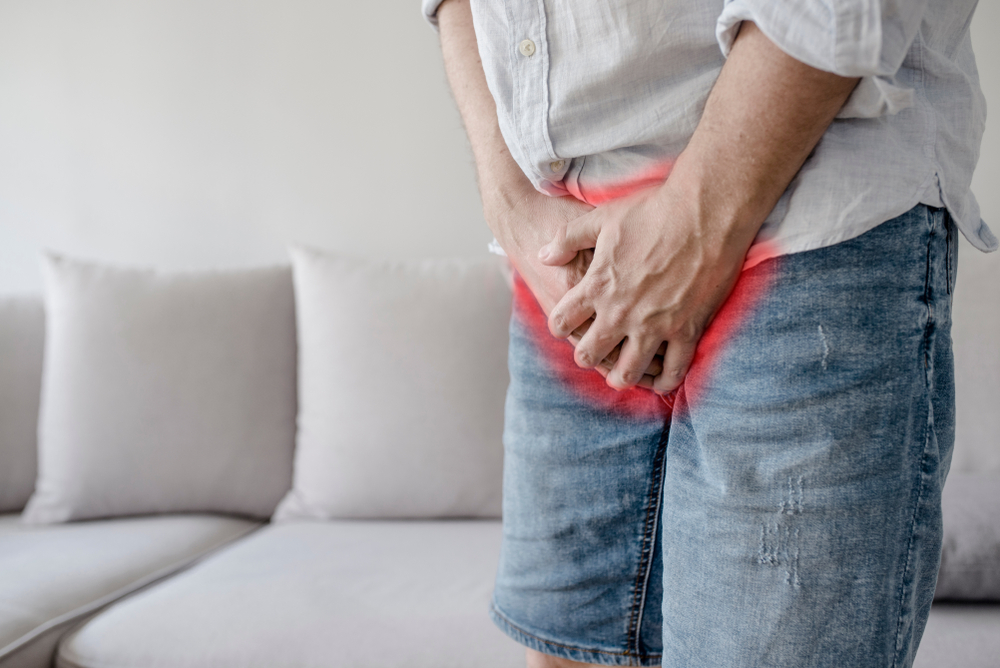
How can you ease lower abdominal pain?
If the pain and cramps in the lower abdomen are not related to a medical condition, but are most likely caused by sluggish digestion, bloating or menstruation, you can help yourself without a doctor. We have compiled some of the most effective methods.
1 Speed up digestion with the right diet
A healthy digestive system is the key to good health, so taking good care of it is essential. First and foremost, this means switching to a balanced diet in which you replace fast foods and ready-made meals with healthy, fibre-rich options. Fruit and vegetables are essential for getting fibre. Read more about how to speed up digestion with the right foods.
There’s another great companion to help you on your journey to healthy digestive system: Donat. While it has been considered a natural laxative for centuries, its effect on digestion has also been clinically proven for almost a decade. As it is rich in sulphates, it draws water from the cells of the intestinal wall and softens the stool, while its magnesium content relaxes the intestinal muscles. The result is faster digestion without side effects or the risk of becoming dependent on it.
There are just a few simple rules to follow for the best results. Learn how to drink Donat correctly.
2 Make sure you get more exercise
Sitting too much and not moving enough often leads to constipation and bloating, as well as abdominal pain. In addition, gases can build up in the digestive tract, which exercise can help to relieve. To stimulate your digestion and maintain your overall health, we recommend that you exercise for at least half an hour a day. If you’re unable to undertake strenuous exercise for health reasons, a walk will do as well.

3 Make sure your body is getting enough fluids
When your lower abdominal pain is caused by constipation, it is particularly important to ensure sufficient fluid intake. If you’re not adequately hydrated, the stool will have a harder time passing through the intestine and being excreted.
Experts recommend that men should drink at least three litres of fluid per day and women a litre less. The amount you drink should be based on the situation; for example, you will need more fluid in the summer, and likewise if you are physically active.
Even mild dehydration can result in constipation, but it can also cause abdominal cramps and acid reflux.
4 Warm the abdomen
To alleviate abdominal pain, place a hot water bottle or warm compresses on your abdomen. This is especially helpful if you have menstrual problems. Heat therapy relaxes the muscles of your uterus and increases blood flow.
5 Avoid caffeine and alcohol
When you’re suffering from abdominal pain and cramps, you should reduce coffee and alcohol intake as they can make things worse by increasing the acidity level in the stomach and slowing down digestion. Instead, choose herbal drinks and infusions that will soothe your stomach, such as chamomile or bay tea.
6 Try medication
If you have heartburn and natural remedies don’t seem to be helping, try over-the-counter antacids, which should help reduce some types of pain. These medicines help to lower the acidity of the stomach fluid.
For stomach pain that is not linked to acid reflux, you may try mild painkillers. However, you should always check the correct dosage and avoid anti-inflammatory drugs, as they can make some types of abdominal pain worse.
Choose chapter:
